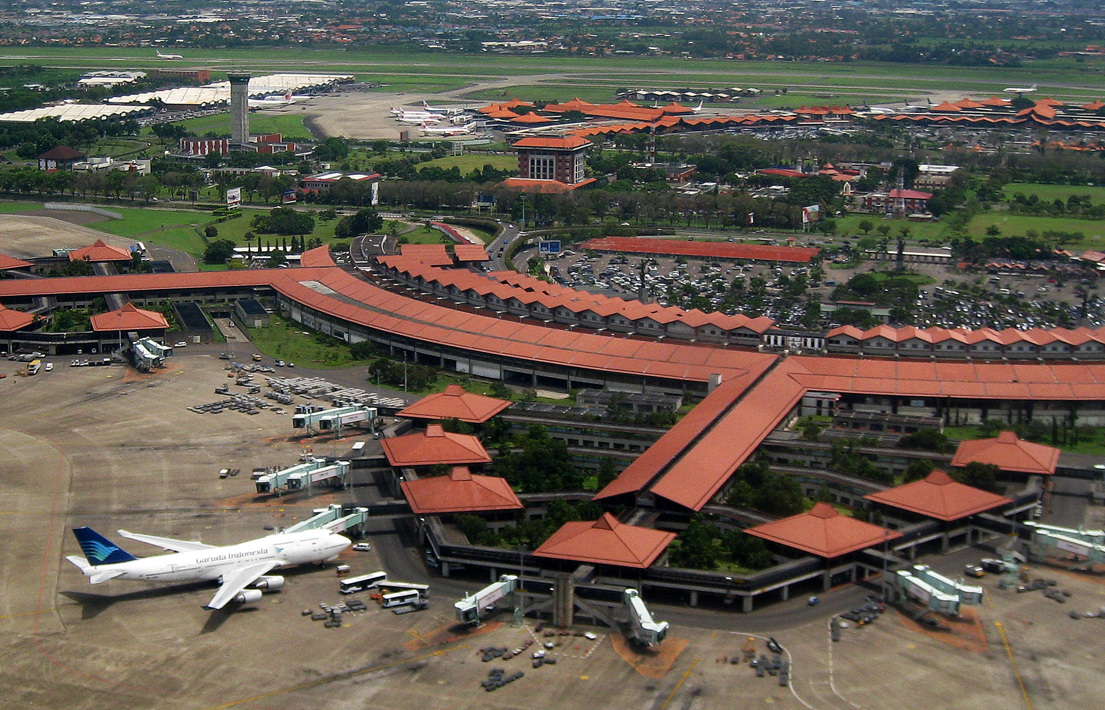JAKARTA – In response to the government’s decision to reduce the number of international airports in Indonesia, PT Angkasa Pura Indonesia, known as InJourney Airports, has revealed plans for a regionalization strategy. Faik Fahmi, the CEO of InJourney Airports, announced that this approach would be implemented across the 37 airports under their management, with some designated as key hubs and others as spokes.
Faik emphasized that the transition of certain airports from international to regional status doesn’t signify diminished accessibility for international passengers or tourists. Rather, the hub-and-spoke model aims to enhance connectivity from major hubs to various regions across Indonesia. “This model has been widely adopted in the global aviation industry and has consistently demonstrated its effectiveness,” Faik elaborated during a press briefing on Monday (April 29, 2024).
Taking the example of the United States, where only a fraction of airports serve as international points of entry, Faik underscored the importance of efficient connections between these hubs and other non-international airports to facilitate passenger movement.
Previously managing 37 airports, InJourney Airports oversaw 31 international and 6 domestic airports. Following the issuance of Minister of Transportation Regulation No. 31/2024 and No. 33/2024, the number of international airports managed by InJourney Airports has reduced to 16, while 15 have transitioned to domestic status.
InJourney Airports views the government’s initiative positively, aligning with their own efforts to optimize Indonesia’s airport infrastructure. Faik expressed confidence that this streamlined approach would lead to improved air connectivity and bolster the country’s tourism and economic sectors through more efficient airport management. Faik also highlighted the underutilization of facilities at certain international airports due to limited international flights, citing examples such as x-ray machines and terminal waiting areas. “Through the Ministry of Transportation’s regulations, we anticipate a more effective national airport arrangement that will benefit air connectivity and tourism in Indonesia,” Faik concluded.









